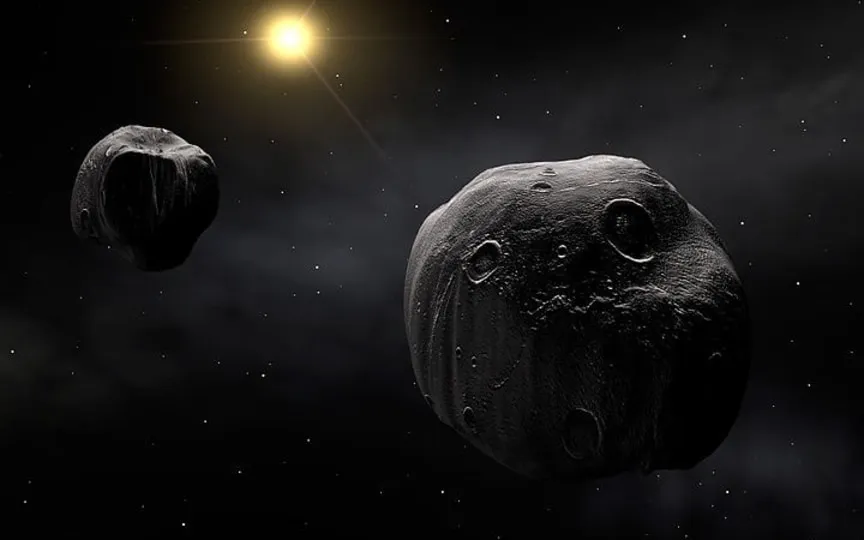NASA Tracks 52-Foot Asteroid Headed Toward Earth – Here’s What We Know
NASA has utilized its sophisticated ground and space telescopes to monitor an asteroid that is set to come remarkably close to Earth in the near future. The Center for Near-Earth Object Studies (CNEOS) has released information stating that an asteroid named Asteroid 2020 PP1 is currently heading towards our planet and is expected to reach its closest point tomorrow, July 28.
According to the details, asteroid 2020 PP1 is expected to make its closest approach to the planet at a distance of only 6.5 million kilometers and at a speed of 14641 kilometers per hour, which is much faster than Intercontinental Ballistic Missiles (ICBM)!
It belongs to Apollo’s group of Near-Earth Asteroids, which are Earth-passing space rocks with semi-major axes larger than Earth’s. These asteroids are named after the huge 1862 Apollo asteroid discovered by German astronomer Karl Reinmuth in the 1930s.
How big is the asteroid?
Asteroid 2020 PP1 is only 52 feet across, making it almost the size of a house. According to NASA, the near-Earth asteroid is not large enough to be classified as a potentially hazardous object and is not expected to hit the surface. So we are currently safe from its effects. But things could change at any moment, as it could be knocked off course by interactions with the large planet’s gravitational field, potentially sending it tumbling toward Earth.
Asteroid – source of water on Earth?
Until now, it was believed that water has existed on Earth since the earliest times. However, a recent study has made a surprising discovery that calls this idea into question. Research has revealed that water may have originated from asteroids. The study was conducted after Japan’s Hayabusa-2 spacecraft collected samples from an asteroid called Ryugu during a six-year space mission. The probe collected 5.4 grams of dust and rock samples from the asteroid, which scientists used to gather information about the origin of life.
The study concluded that “Ryugu particles are undoubtedly one of the most contaminated solar system materials available for laboratory study, and continued studies of these valuable samples will certainly expand our understanding of the early processes of the solar system.”




